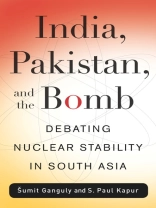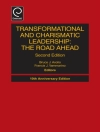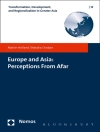In May 1998, India and Pakistan put to rest years of speculation as to whether they possessed nuclear technology and openly tested their weapons. Some believed nuclearization would stabilize South Asia; others prophesized disaster. Authors of two of the most comprehensive books on South Asia’s new nuclear era, Šumit Ganguly and S. Paul Kapur, offer competing theories on the transformation of the region and what these patterns mean for the world’s next proliferators.
Ganguly begins with an outcome-based approach emphasizing the results of militarized conflict. In his opinion, nuclear weapons have prevented Indo-Pakistani disputes from blossoming into full-scale war. Kapur counters with a process-based approach stressing the specific pathways that lead to conflict and escalation. From his perspective, nuclear weapons have fueled a violent cycle of Pakistani provocation and Indian response, giving rise to a number of crises that might easily have spun into chaos. Kapur thus believes nuclear weapons have been a destabilizing force in South Asia and could similarly affect other parts of the world.
With these two major interpretations, Ganguly and Kapur tackle all sides of an urgent issue that has profound regional and global consequences. Sure to spark discussion and debate, India, Pakistan, and the Bomb thoroughly maps the potential impact of nuclear proliferation.
Mục lục
Abbreviations
1. Introduction
2. The History of Indo-Pakistani Conflict
3. Competing Arguments About South Asian Proliferation
4. South Asia’s Nuclear Past
5. South Asia’s Nuclear Present and Future
6. Three Points of Agreement
Notes
Index
Giới thiệu về tác giả
Šumit Ganguly is professor of political science and holds the Rabindranath Tagoe Chair in Indian Cultures and Civilizations at Indiana University, Bloomington. He is also a senior fellow at the Foreign Policy Research Institute in Philadelphia. His other publications include The Crisis in Kashmir: Portents of War, Hopes of Peace.S. Paul Kapur is professor in the Department of National Security Affairs at the U.S. Naval Postgraduate School and a faculty affiliate at Stanford University’s Center for International Security and Cooperation. He is the author of Dangerous Deterrent: Nuclear Weapons Proliferation and Conflict in South Asia.












